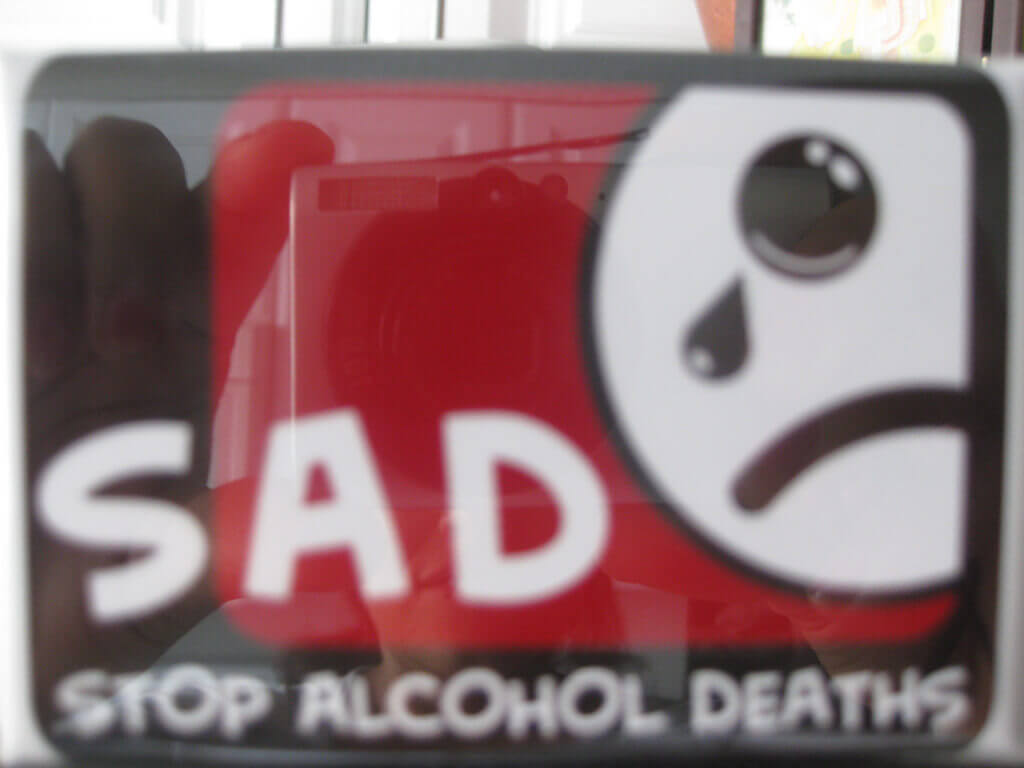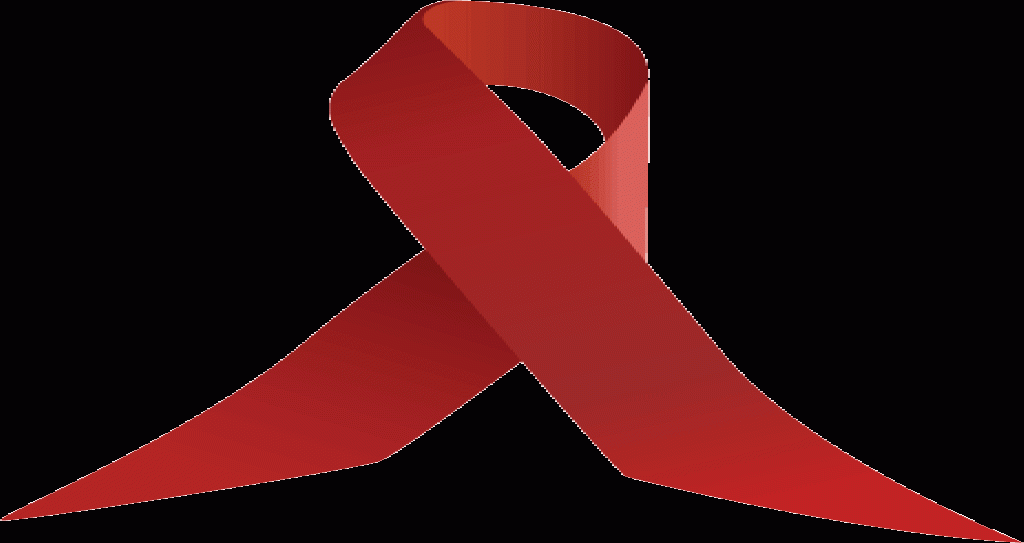As alcoholism becomes more of a problem in society, doctors and scientists alike have had to expand on the treatment options they use to help alcoholics. Once an addict undergoes an alcohol abuse intervention, they can finally get the help they desperately need. Now more than ever, scientists are making that help more diverse to fit the expanding research done on discovering the causes of alcohol addiction. This is most evident in the research about the genetic reasons for dependence upon alcohol.
Perhaps the hardest part about alcohol rehabilitation is staying sober. To that end, scientists have worked hard on developing two new drugs to support old and new rehabilitated people.
The first, acamprosate, is thought to standardize any faults on the systems of neurotransmitters, namely the GABA and glutamate. These two drugs have actually been in use for about fourteen years over in Europe, which is part of the reason the Food and Drug Administration has been reviewing before giving it its final stamp of approval. Primarily, even though doctors aren’t sure why the drug works, it helps to curve the distress of alcohol independence. As a result, any relapses are impaired significantly.
The other dug is called naltrexone, and unlike acamprosate, it has been in use ever since the FDA authorized it in 1994. Also unlike acamprosate, scientists have a better understanding of how this drug works. The opioid receptors that are partly responsible for the good feelings alcohol induces are blocked. With such feelings blocked, alcoholics have a lesser rate of return the alcohol, even after going back to alcohol. However, it should be noted that this only includes a little relapse. It is also being used in addiction treatment.
With scientists creating drugs from a better understanding of how alcohol dependency begins and forms in people, they have also created better pharmaceutical resources for recovering alcoholics to fight their disease. Such advances have made it easier for any addiction treatment center to better aid the people who need them.




